Few mythical creatures capture the imagination quite like the unicorn. A symbol of purity, grace, untamed power, and elusive magic, it has galloped through legends, literature, and art for centuries. When rendered in the luminous, prismatic medium of crystal, the unicorn transcends mere representation to become an object of pure enchantment, a tangible piece of captured light and legend.
Crystal unicorn figurines are more than just decorative objects; they are portals to a world of fantasy, coveted treasures for passionate collectors, and sparkling gifts that speak volumes. From the precision-cut brilliance of Swarovski to the ethereal satin finish of Lalique, the regal clarity of Baccarat, and the traditional deep cuts of Waterford, the world’s finest crystal houses have all sought to capture the essence of this mythical beast.
But the world of crystal collecting is as multifaceted as the material itself. What distinguishes a priceless heirloom from a pretty trinket? What makes one crystal unicorn a sought-after collectible while another gathers dust?
This comprehensive guide will illuminate the world of crystal unicorn figurines. We will delve into the symbolism that makes them so alluring, explore the techniques that differentiate true crystal from glass, introduce the legendary makers, and, crucially, examine the factors that determine the value and collectibility of these sparkling sculptures—without being just a price list.
Chapter 1: Why the Crystal Unicorn?
The fascination with crystal unicorn figurines stems from a powerful synergy between the symbol and the medium.
The Symbolism of the Unicorn: Across cultures and centuries, the unicorn represents:
- Purity and Innocence: Often depicted as white, the unicorn is seen as incorruptible, a creature that can only be approached by the pure of heart.
- Grace and Beauty: Its elegant form, often resembling a horse but possessing an otherworldly poise, speaks to aesthetic perfection.
- Power and Untamed Spirit: Despite its gentle associations, the unicorn is also a symbol of strength, freedom, and wildness that cannot be easily captured or controlled.
- Magic and Healing: Its horn, the ‘alicorn,’ was believed to possess potent magical properties, including the ability to purify water and heal the sick.
The Symbolism and Properties of Crystal: Crystal, particularly high-quality lead crystal or modern crystalline, embodies:
- Light and Brilliance: Its defining characteristic is its ability to refract light, creating rainbows and sparkle. It captures and amplifies light in a way no other material can.
- Clarity and Purity: The transparency of flawless crystal speaks to truth, clarity of vision, and perfection.
- Permanence and Luxury: Crystal is durable, associated with quality craftsmanship, and has long been a material used for treasured objects and symbols of status.
The Perfect Marriage: When these two elements combine, the result is magical. The crystal enhances the unicorn’s ethereal nature, its facets catching the light to suggest movement and otherworldly energy. The clarity of the crystal mirrors the unicorn’s purity, while the inherent value of the material elevates the figurine beyond a simple representation to a work of art. For collectors, owning a crystal unicorn is like holding a fragment of myth, beautifully realized in a medium that embodies its very essence.
Chapter 2: The Collector’s First Challenge – Identifying True Crystal
Before delving into specific makers, it’s crucial to understand the material itself. Not all sparkling figurines are created equal. The terms “crystal,” “crystalline,” and “glass” are often used interchangeably in casual conversation, but for a collector, the difference is significant in terms of quality, history, and value.
Traditional Lead Crystal: For centuries, the gold standard was lead crystal. This type of glass contains a significant percentage of lead oxide (traditionally 24% or more).
- Properties: Lead oxide gives the crystal its desirable characteristics:
- Weight: Lead crystal is noticeably heavier than glass.
- Brilliance & Sparkle: It has a high refractive index, meaning it bends light more dramatically, creating that signature prismatic sparkle.
- Clarity: High-quality lead crystal is exceptionally clear.
- Sound: When gently tapped, it produces a clear, resonant “ping” sound that sustains longer than glass.
- Softness: It’s softer than glass, allowing for intricate, sharp cuts.
Modern Crystal / Crystalline (Lead-Free Crystal): Due to health and environmental concerns regarding lead, many manufacturers (including Swarovski and Waterford in many lines) have shifted to “lead-free crystal” or “crystalline.”
- Composition: Instead of lead oxide, other metal oxides like barium oxide, potassium oxide, or zinc oxide are used.
- Properties: These formulations aim to replicate the desirable qualities of lead crystal—weight, clarity, and brilliance—without the lead content. While high-quality crystalline is stunning, some purists argue it doesn’t quite achieve the same level of sparkle or the characteristic resonance of traditional lead crystal.
Glass: Standard glass (soda-lime glass) lacks the metal oxides that define crystal.
- Properties:
- Lighter Weight: It feels less substantial than crystal.
- Less Brilliance: It doesn’t refract light as effectively, resulting in less sparkle.
- Sound: Produces a duller “clink” or “thud” when tapped.
- Thickness & Seams: Often appears thicker, especially at the rim, and may show mold seams from mass production.
How to Tell the Difference:
- Weight: Lift the figurine. Crystal feels surprisingly heavy for its size.
- Sound: Gently tap the edge (if safe to do so) with a fingernail. Listen for a sustained, clear ring (crystal) vs. a dull thud (glass).
- Light Test: Hold it up to the light. Crystal will create more pronounced rainbow prisms.
- Clarity: Look through it. High-quality crystal should be perfectly clear, like water. Glass may have a slight green or blue tint, especially at the edges. Note: Some authentic crystal is colored (like Baccarat’s famous red).
- Examine the Cuts: Sharp, precise, intricate cuts suggest crystal. Rounded edges or visible mold lines suggest glass.
- Check the Base: Crystal bases are often meticulously polished smooth. Glass bases might show mold marks or feel less refined.
- Look for the Maker’s Mark: This is the most definitive way. Reputable crystal makers etch or stamp their logo onto the piece, usually on the base.
Chapter 3: The Titans of Crystal – Legendary Makers and Their Unicorns
The world’s most renowned crystal houses have each brought their unique heritage and style to the unicorn motif. Owning a unicorn from one of these makers is possessing a piece from a lineage of exceptional craftsmanship.
1. Swarovski (Founded 1895, Austria)
Undoubtedly the most famous name in collectible crystal figurines. Daniel Swarovski revolutionized crystal production with his precision-cutting machine, creating facets of unparalleled sharpness and brilliance.
- History with Figurines: Swarovski began producing figurines in 1976, almost by accident, starting with a small mouse assembled from chandelier parts. Their success was explosive.
- The Swarovski Style: Defined by its sharp, numerous facets that maximize light refraction, creating an intense sparkle. Modern pieces often incorporate color, special coatings (like Aurora Borealis), and sometimes metal accents.
- Swarovski Unicorns: The unicorn has been a recurring and beloved theme.
- Early Pieces: Simple, clear crystal unicorns appeared in the 1980s.
- “Fabulous Creatures” Series (1996-1998): This iconic trilogy, available only to Swarovski Crystal Society (SCS) members, included “The Unicorn” (1996), “The Dragon” (1997), and “Pegasus” (1998). The SCS Unicorn is a highly sought-after piece for vintage collectors.
- Mythical Creatures Collection: Swarovski continues to release unicorns, pegasi, and other fantasy figures. Notable pieces include standing unicorns, rearing unicorns, and sometimes pairs or family groups.
- “Believe in Magic” Unicorn (Recent): A large, spectacular centerpiece showcasing incredible faceting and dynamic posing, representing the pinnacle of their modern design.
- Identifying Swarovski: Look for the acid-etched logo on the base. This has evolved:
- Early pieces: Edelweiss flower logo.
- Later pieces (since 1988): The iconic Swan logo.
- Value Factors: Brand recognition, the Swan logo, precision cutting, presence of the original blue box and Certificate of Authenticity (COA), SCS exclusivity, limited editions, retired status, and condition.
2. Lalique (Founded 1888, France)
Founded by visionary Art Nouveau jeweler and glassmaker René Lalique, this house is synonymous with French luxury and artistic glass.
- The Lalique Style: Famous for its signature satin or frosted finish, achieved through acid-etching or sandblasting. This creates a stunning contrast between clear, polished areas and the soft, glowing frosted surfaces, often highlighting intricate molded details. Lalique pieces feel more sculptural and less about pure sparkle.
- Lalique Unicorns: Lalique unicorns often possess an ethereal, dreamlike quality.
- “Tête de Licorne” (Unicorn Head): A classic Lalique piece, often seen as a sculpture or bookend, showcasing the frosted mane and detailed features.
- Full-Bodied Unicorns: Lalique produces various unicorn figurines, often in dynamic poses, emphasizing the flowing lines of the mane and tail with their signature frosted technique.
- Identifying Lalique: Look for the engraved signature “Lalique France” on the base or side. The style itself—the frosted finish—is highly distinctive.
- Value Factors: Artistic merit, the unique frosted style, the “Lalique France” signature, condition (chips on frosted areas are particularly detrimental), and its status as fine art glass.
3. Baccarat (Founded 1764, France)
With over 250 years of history, Baccarat is one of the oldest and most prestigious crystal manufacturers in the world, renowned for its flawless clarity and association with royalty and luxury.
- The Baccarat Style: Characterized by exceptional clarity, substantial weight, and often minimalist or sleek modern designs. They are also famous for their ruby red crystal, created by adding 24k gold during production.
- Baccarat Unicorns: Baccarat’s interpretations tend to be elegant, refined, and often abstract.
- “Unicorne” Figurine: A well-known piece, often depicted in a simple, standing pose that emphasizes the purity and clarity of the crystal. Available in clear and sometimes other colors.
- Limited Editions/Collaborations: Baccarat occasionally releases special or limited-edition unicorns, sometimes in collaboration with artists.
- Identifying Baccarat: Look for the acid-etched Baccarat script logo or the circular Baccarat stamp (often featuring a decanter, goblet, and tumbler). The exceptional quality and clarity are also hallmarks.
- Value Factors: Immense brand prestige, historical significance, flawless craftsmanship (entirely handmade), exceptional clarity, the iconic red box, rarity of specific designs, and association with luxury.
4. Waterford (Founded 1783, Ireland)
The quintessential name in traditional cut crystal, Waterford is famed for its heavy lead crystal and iconic deep wedge cuts, exemplified by the Lismore pattern.
- The Waterford Style: Defined by deep, intricate geometric cuts that create brilliance and a substantial feel. The look is classic and traditional.
- Waterford Unicorns: Unicorns often appear in Waterford’s collections, sometimes under the main brand, sometimes under their more contemporary “Marquis by Waterford” line (which may be crystalline rather than lead crystal).
- Fantasy Collections: Waterford has produced unicorns as part of broader “Fantasy” or “Mythical” collections, often featuring the signature deep cuts.
- Gold Accents: Some Waterford unicorns incorporate 24k gold-plated horns or accents.
- Identifying Waterford: Look for the acid-etched “Waterford” script name, sometimes accompanied by a seahorse logo (introduced later). The weight and the distinctive deep, sharp cuts are key characteristics.
- Value Factors: Brand recognition, the quality of the Irish lead crystal (for traditional pieces), the depth and precision of the cuts, weight, condition, and the Waterford mark.
Chapter 4: Other Notable Makers and Collectible Unicorns
Beyond the “big four,” many other manufacturers produce crystal and glass unicorns that collectors cherish.
- Lenox (Founded 1889, USA): Known for fine china, Lenox also produces crystal giftware. Their crystal unicorns often feature softer lines and may incorporate frosted elements or 24k gold accents, sometimes combined with porcelain bases.
- Godinger (Founded 1973, USA): Offers a wide range of affordable crystal and silver-plated giftware found in department stores. Godinger crystal unicorns are typically decorative, machine-made pieces, often crystalline rather than lead crystal.
- Marquis by Waterford: Waterford’s more contemporary and accessible line. Marquis pieces may be made in different European facilities and often feature simpler cuts and designs compared to traditional Waterford. They offer a good entry point for collectors appreciating the Waterford aesthetic.
- Art Glass / Studio Glass Unicorns: These are typically hand-blown or lampworked glass (not usually molded crystal) created by individual artists or smaller studios. Their value is tied directly to the skill and reputation of the artist, the complexity of the design, and the artistry of the piece, rather than a brand name. They can range from simple trinkets to breathtaking, one-of-a-kind sculptures.
Chapter 5: Understanding the Value of Your Crystal Unicorn
While this isn’t a price guide, understanding what gives a crystal unicorn value is essential for any collector. Several key factors contribute to a piece’s desirability and potential worth on the secondary market:
- The Maker (Brand Prestige): This is paramount. A Baccarat or Lalique unicorn will inherently command a higher value than a non-branded or mass-market piece due to the maker’s reputation, history, and craftsmanship standards. Swarovski holds a unique position due to its immense collector base.
- Material & Craftsmanship: Is it heavy, flawless lead crystal, high-quality crystalline, or simple glass? Are the cuts sharp and precise (hand-cut or machine-precise) or rounded and indistinct (molded)? Flawless execution is key.
- Artist/Designer: Was the piece designed by a famous artist associated with the brand (like René Lalique himself) or a celebrated Swarovski designer? Is it a signed piece from an independent glass artist? The creator matters.
- Rarity and Edition Size:
- Limited Editions: Pieces produced in a fixed, documented number are always more desirable.
- SCS Exclusives: Swarovski Crystal Society pieces were available only to members, creating built-in scarcity.
- Retired Pieces: Figurines that were produced for a short time before being discontinued (“retired”) can become highly sought after, especially if they were popular. Check the production dates if known.
- Condition, Condition, Condition: This cannot be overstated. Crystal is unforgiving.
- Chips & Cracks: Even a tiny chip, especially on a sharp edge or prominent feature like the horn, can devastate the value, reducing it by 50-90% or making it nearly unsellable to serious collectors. Examine pieces meticulously under good light.
- Clarity: Is the crystal clear and brilliant, or cloudy, scratched, or “sick” (showing internal degradation)?
- Repairs: Professional repairs are sometimes possible but will always significantly lower the value compared to a mint piece.
- Original Packaging & Documentation: Especially crucial for Swarovski, but important for all major brands.
- The Box: The original branded box (e.g., the iconic blue Swarovski cylinder or block box, the red Baccarat box) significantly increases desirability and value. Condition of the box matters too.
- Certificate of Authenticity (COA): This paperwork confirms the piece’s legitimacy and is expected by serious collectors, particularly for limited editions.
Chapter 6: A Collector’s Guide to Care and Display
Crystal unicorns deserve to be displayed and enjoyed, but their delicate nature requires careful handling.
Cleaning Your Crystal Unicorn:
- Dust Regularly: Use a very soft, clean makeup brush or microfiber cloth for light dusting.
- Washing (Use Caution):
- Use lukewarm (never hot) water and a very mild, pH-neutral dish soap (a tiny drop).
- Hold the figurine securely. Gently wash with your fingers or a soft cloth. Do not fully submerge, especially intricate pieces.
- Rinse thoroughly with clean, lukewarm water.
- Dry immediately with a soft, lint-free microfiber cloth to prevent water spots. Avoid air drying.
- Never use abrasive cleaners, harsh chemicals, window cleaner, or put crystal in a dishwasher.
- Gloves: Handle valuable pieces with clean cotton gloves (often provided with larger Swarovski pieces) to avoid fingerprints, which contain oils that can etch the surface over time.
Displaying Your Crystal Unicorn:
- Avoid Direct Sunlight: Prolonged exposure can, in rare cases, cause discoloration in some types of glass or crystal. It also magnifies heat.
- Stable Surface: Choose a sturdy shelf or table where it won’t be easily knocked over. Museum putty can offer extra security.
- Behind Glass: An enclosed display cabinet is ideal. It protects from dust (which requires less frequent washing) and accidental bumps.
- Lighting: Soft, indirect lighting best showcases the crystal’s sparkle without being harsh. LED lights are generally safe.
Reflecting Magic
Collecting crystal unicorn figurines is more than an acquisition of objects; it’s an embrace of myth, artistry, and the captivating play of light. From the accessible sparkle of contemporary pieces to the museum-quality masterpieces of legendary crystal houses, each unicorn holds a unique magic.
Whether you are just beginning your journey or curating a long-cherished collection, understanding the history, the makers, the material, and the factors that contribute to value allows for a deeper appreciation. The crystal unicorn, in its timeless elegance, reflects not only the light around it but also the enduring human fascination with beauty, purity, and the touch of the magical in our everyday lives.

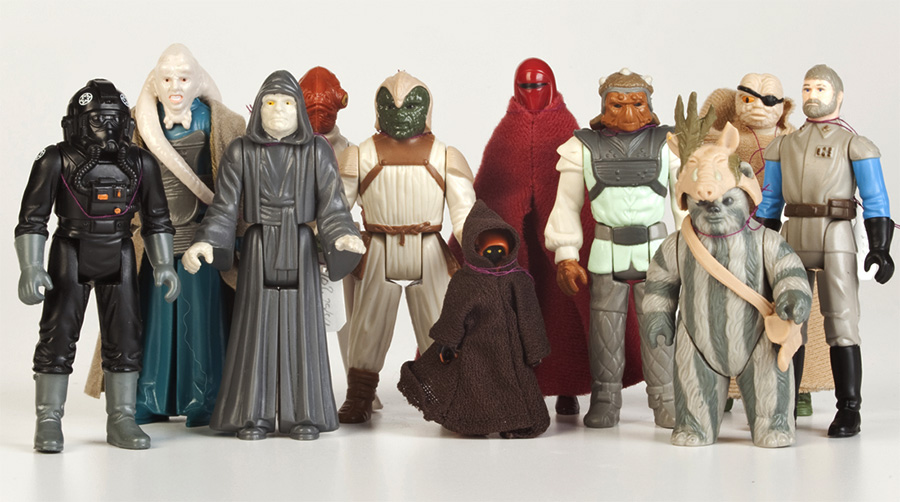
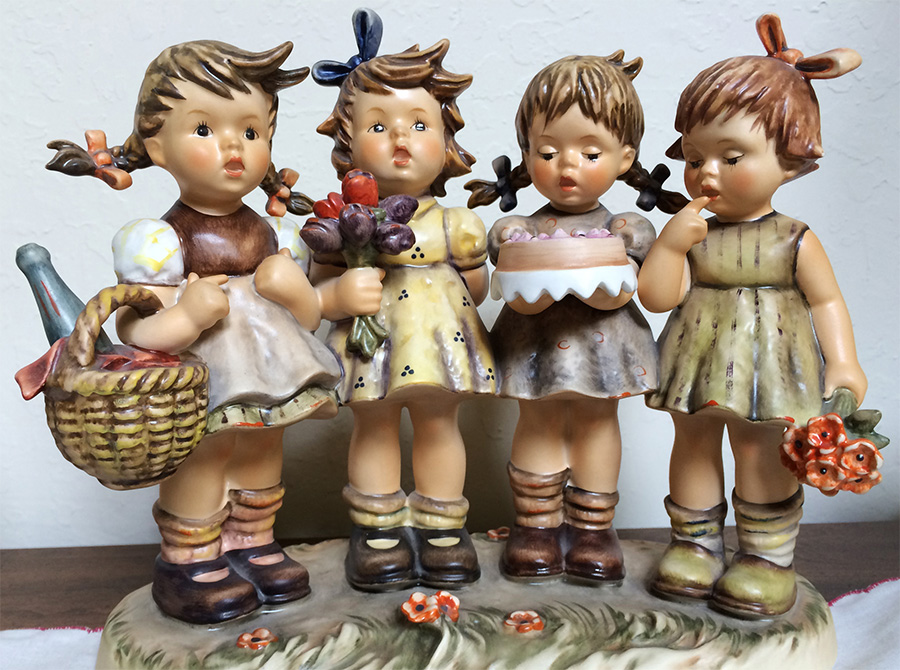
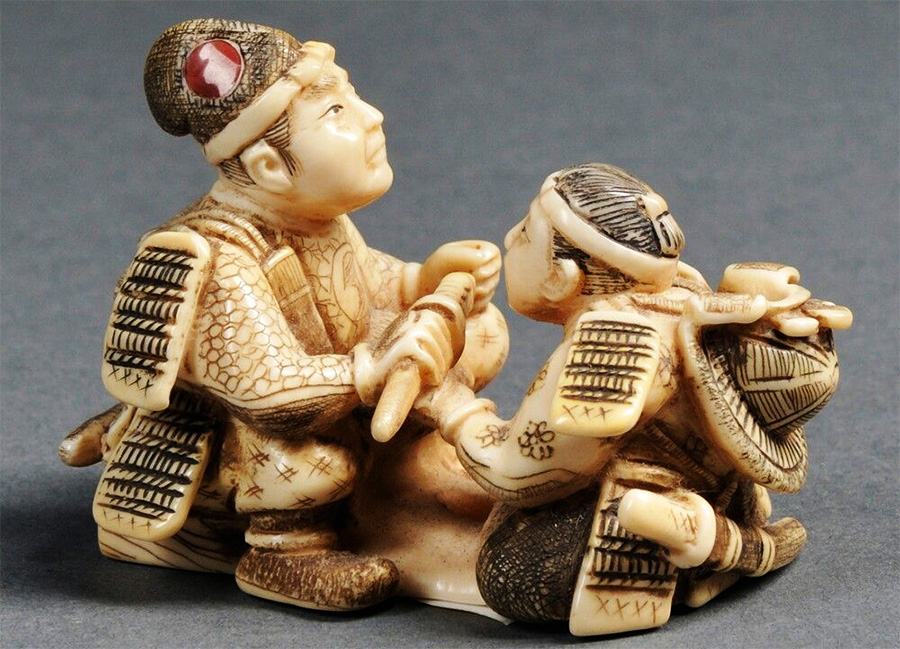
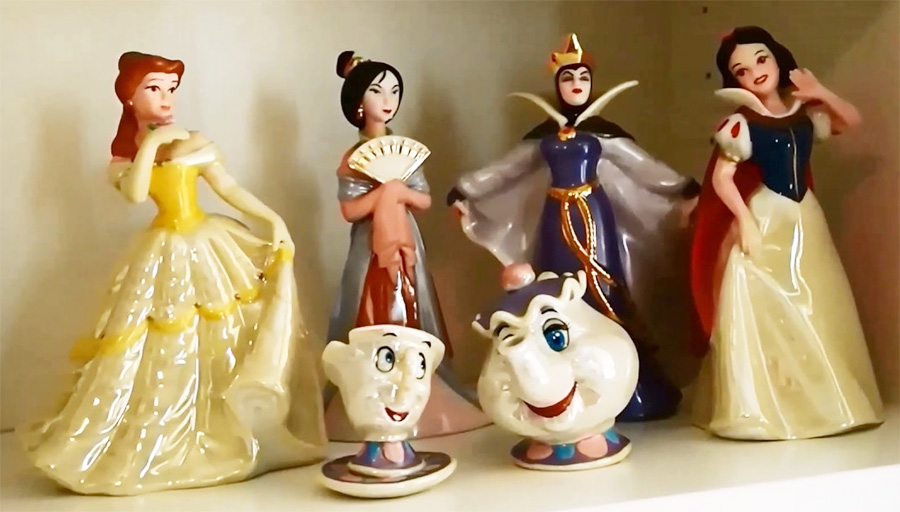
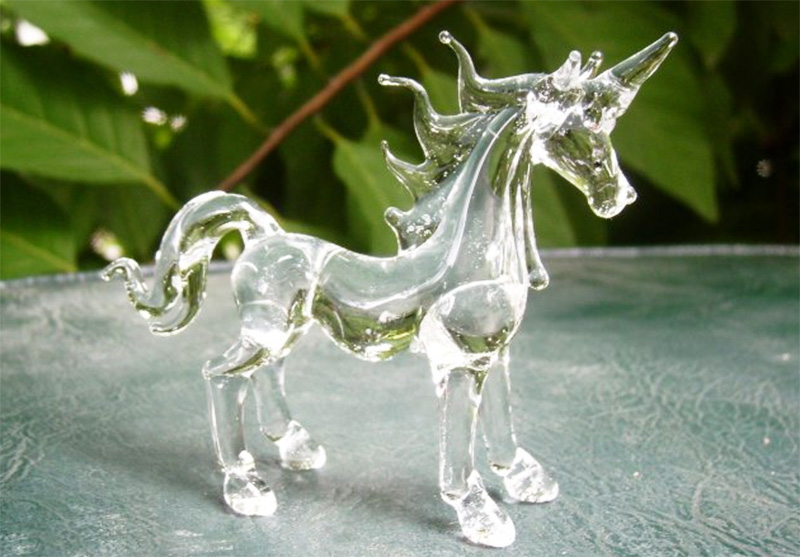
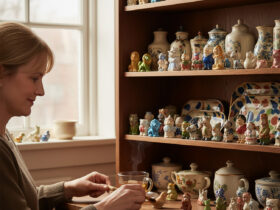
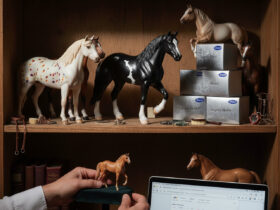
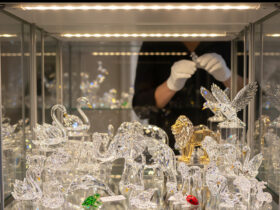
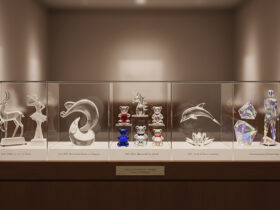
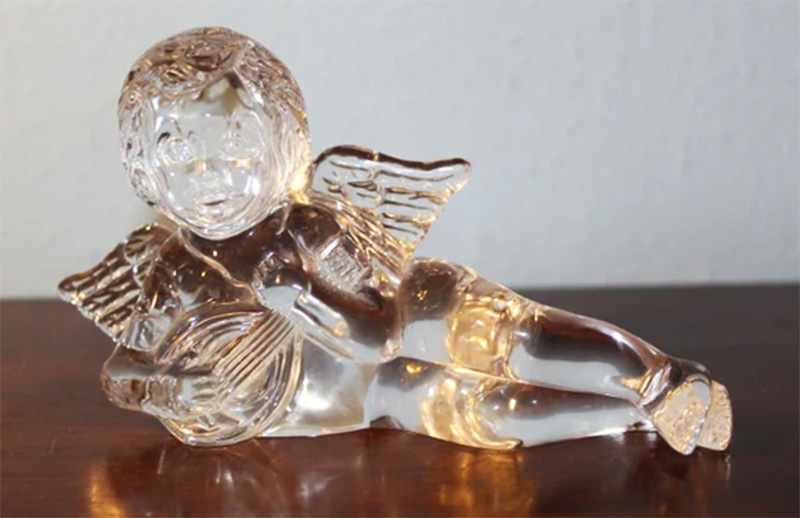
Leave a Reply